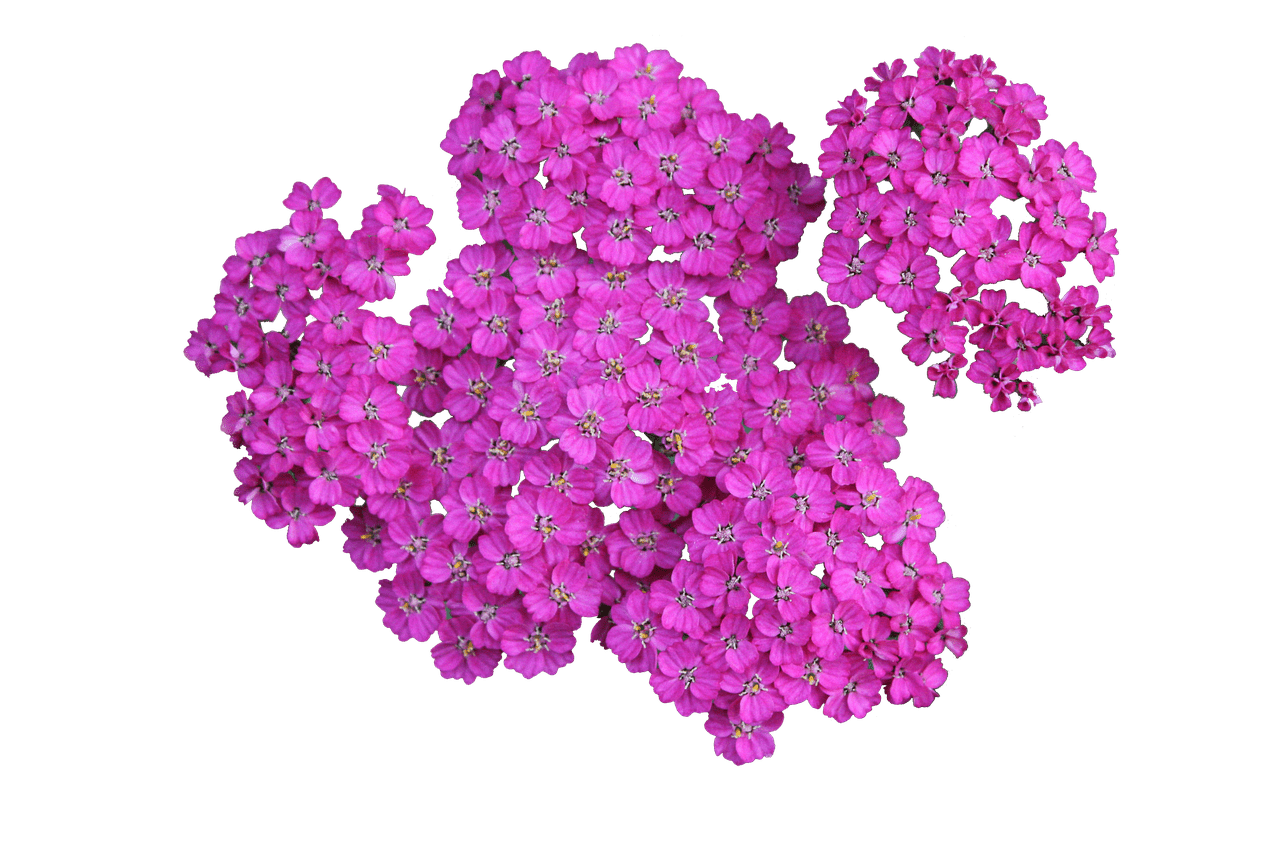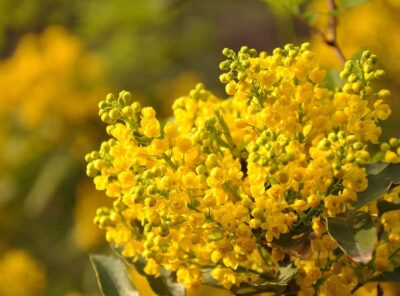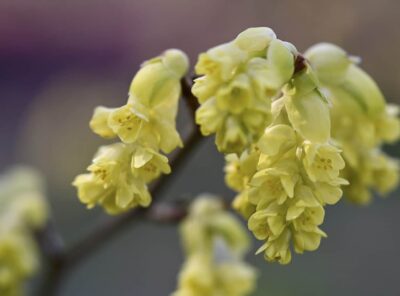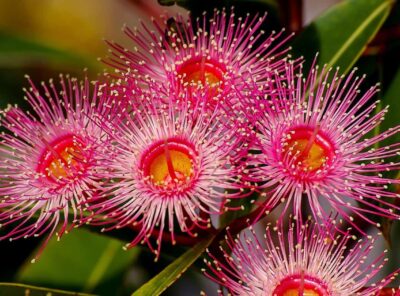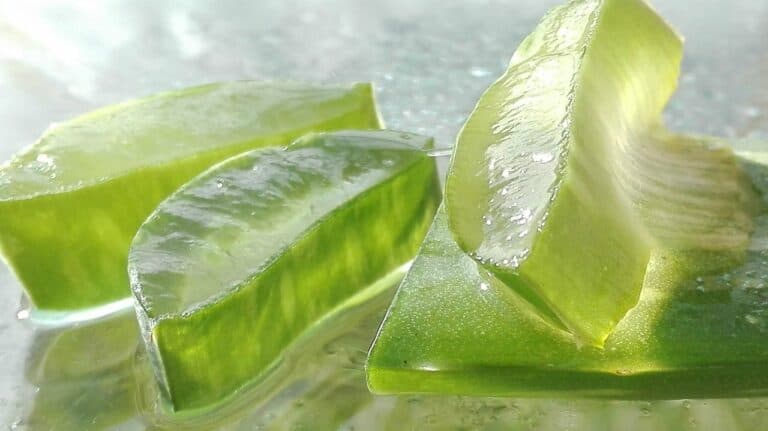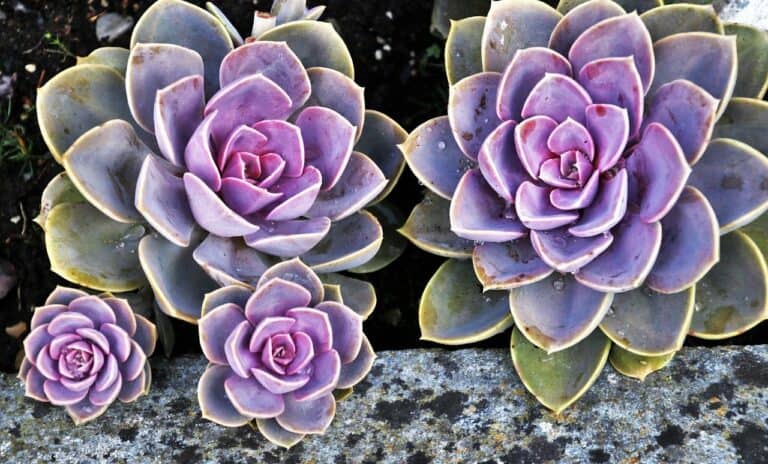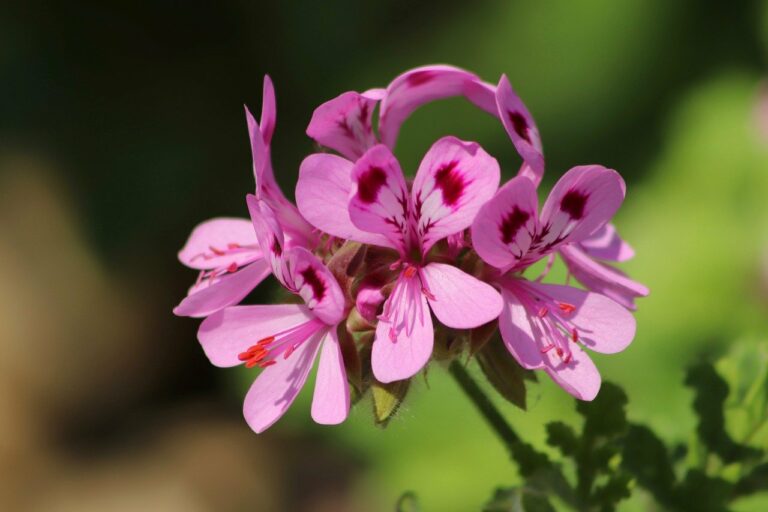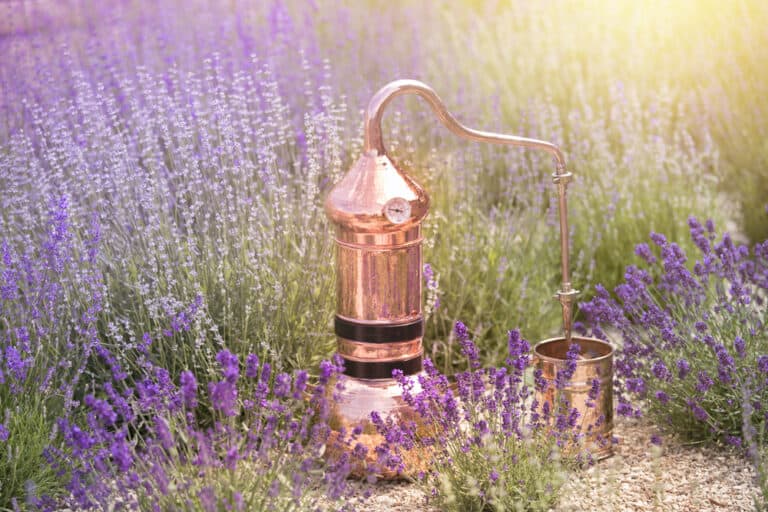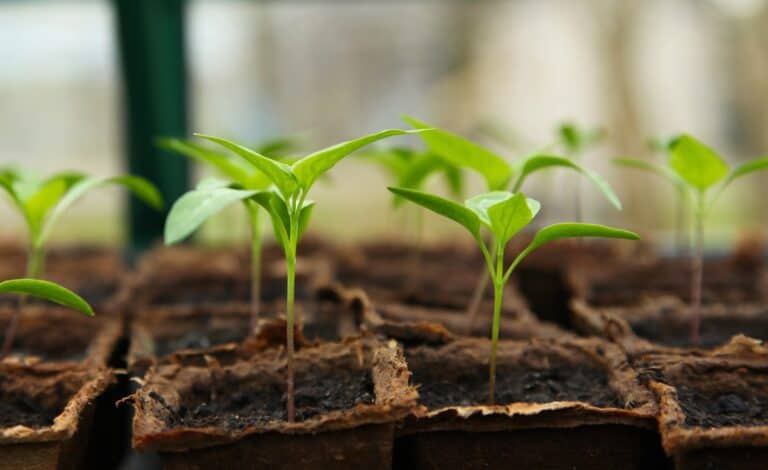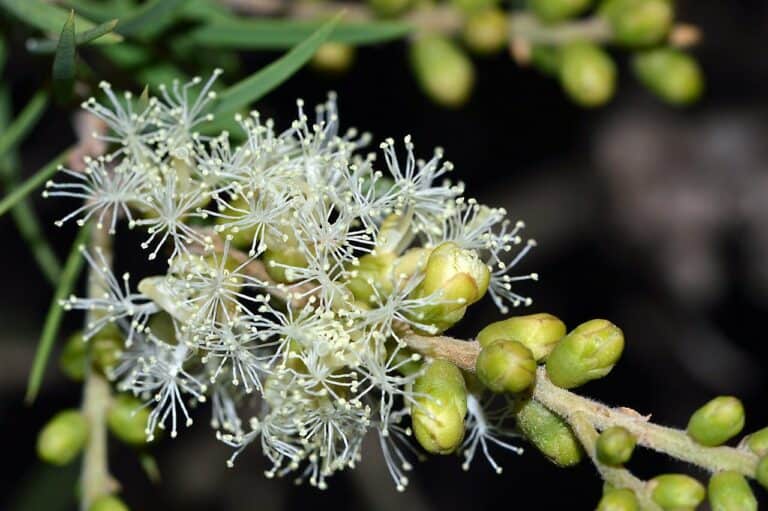Image by bluebudgie from Pixabay
| How To Make Essential Oil From Your Garden | Blending Essential Oil | A Brief History Of Essential Oil | Do Essential Oils Expire? |
Table of Contents
Yarrow – A Resilient Orchard Plant And Herbal Helper
Yarrow, or Achillea millefolium, is a flowering perennial plant native to North America, Europe, and Asia.
Gardeners often use Yarrow as a border plant for their gardens or companion planting due to its drought resistance and ability to attract pollinators, commonly planted in POP orchards. Yarrow is also a nutrient accumulator and soil builder, making it an excellent plant for food forests.
Yarrow flowers are typically a cream shade of white, but many cultivated varieties, ranging from yellow to pink to red, are available in the nursery trade. Plants like this one, which belongs to the family Asteraceae, are native to, and have composite flowers.
It is a tiny plant with tiny flowers that appear in clusters at the top of the yarrow plant, reaching 2 to 4 feet. The yarrow plant has fern-like alternating leaves made up of many leaflets. The flowers bloom throughout the summer, starting in June and ending in September.
Yarrow primarily attracts bees and beetles as a pollinator, attracting some butterflies. In addition, Yarrow attracts miners, diggers, bumble, leafcutter, mason, and sweat bees. These native bees play an essential role in pollination in this area. Checkered beetles and gossamer-winged butterflies are also drawn to yarrow plants.
NOTE: Before harvesting or consuming Yarrow, please read our full disclaimer at the end of this article.
Yarrow Planting and Growing
By incorporating Yarrow into the planting mix, you can add a splash of easy-care color to your garden. The Common Yarrow (Achillea millefolium) and the Fernleaf or Yellow Yarrow (Achillea filipendulina) are widely used species.
Add color to garden beds and borders throughout the summer. Planting yarrow is a simple task—finding the ideal location is also simple. Growing Yarrow is also a breeze. Plants are low-maintenance and low-maintenance.
Start with a full-sun location when planting Yarrow. While plants can survive in low light conditions such as partial sun or shade, flower stems will stretch and become floppy. Plants will almost certainly need to be staked at this point, which would not be necessary for common Yarrow or the shorter Fernleaf yarrow varieties. However, because the stems of the common Fernleaf yarrow can grow four feet tall or higher, staking is recommended.
The Yarrow needs to be planted in an area that is somewhat sheltered from the wind – where the currents do not blow all the time—it makes sense when you consider that flower stems can appear on plants throughout the summer. However, the branches are exposed to strong winds because they are elevated above a clump of fern-like leaves.
Another factor to consider when planting a Yarrow plant is soil type. Choose a location with average to lean soil. Rich or fertile soil produces lush plants with weak, floppy flower stems. Soils must drain well for plants not to rot. To avoid heavy clay soils that do not drain well, it is best to stay away from them.
Growing Yarrow is one of the more manageable gardening tasks you’ll encounter. During the growing season, plants do not require much attention. However, some gardeners prune flowers by snipping stems near the main foliage clump. Some of the characteristics of Yarrow and some of its hybrids are similar, and this can result in the autumn rebloom. But unfortunately, the Fernleaf yarrow does not bloom again.
For several reasons, it’s a good idea to cut spent flower heads before they set seed. First, it is essential to note that some common yarrow varieties The Yarrow self-sows freely and is capable of taking over the entire garden if you leave the flower heads lying around.
In addition, crossbred yarrows are characterized by an extensive range of appearances.
This means that if plants self-sow, you may end up with seedlings that have reverted to the parent types—most likely the wild Yarrow with white to gray blooms.
One aspect of growing Yarrow that you must master is controlling the spread. Underground stems of common Yarrow and some of its varieties spread from the central foliage tuft. This can also result in Yarrow taking over garden beds.
When new growth appears in early spring, it’s simple to pull up spreading stems by hand, especially if you do it after rain when the soil is soft. However, Fernleaf yarrow and some common yarrow hybrids do not spread as quickly as the wild, common variety.
Does Yarrow Blooms The First Year?
Growing yarrow seeds is a rewarding and enjoyable garden project. When grown from seed, these lovely perennial bloomers flower the first year, so you’ll have some color in your garden right away. In addition, when you need many yarrow plants to fill a garden bed, yarrow seeds are a cost-effective option. All you need is a little space or a container, a bit of time, and you will be good to go.
Seek out yarrow seeds from reputable seed suppliers. Yarrow easily cross-pollinates, which means that the seed may produce the same plant as the parent—or not, depending on whether any common wild yarrow (Achillea millefolium) grows nearby. Again, focus on reputable seed companies as your primary source if you want seeds to produce a single color.
Many seeds are mixed, and they produce yarrow flowers in various colors. The ‘Colorado Mix,’ ‘Summer Berries,’ and ‘Summer Pastels’ mixes are a few examples. You’ll be able to grow yarrow plants from these seeds, which will produce blooms in various colors. If you allow plants to set seed and self-sow in the garden, the proportion of colors will vary and shift over time, with the genetically dominant hue becoming more prominent.
When sowing Yarrow seeds, you can start them indoors before the growing season or sow them directly into planting areas. When yarrow seeds are direct-sown, they should be planted in cold winter zones in late fall or early spring (when the soil can be worked). Start indoors about eight to ten weeks before you plan to plant seedlings in the garden.
A cold weather period before planting benefits Yarrow seeds for a healthy result. The process of providing cold is referred to as stratification. Ideally, yarrow seeds require a month of stratification. Indoors, you can achieve this by storing seeds in the refrigerator for a month. Then, wrap the seeds in a damp paper towel and place them in a plastic zipper bag or wet sand.
You can also achieve stratification by growing yarrow seeds in the winter. In this method, yarrow seeds are planted in containers outside late fall. These containers should resemble mini-greenhouses, with a cover sealed for the winter but easily vented in the spring. When yarrow seeds are planted in the winter, they naturally receive the cold treatment they require and sprout when the spring air warms the soil.
Plant yarrow seeds in a seed starting mix made from a commercial seed designed to give seedlings a strong start. Yarrow seeds should be barely covered. Aim for no more than a quarter-inch of soil. To help in germination, yarrow seeds require light.
The germination rate of yarrow seeds is slow. Germination should take 14 to 28 days if the soil temperature is kept at 70°F. After the seeds of Yarrow are sown, it will take about 100 days for them to sprout in colder soil temperatures. If you intend to grow yarrow seeds, you should consider investing in root zone heating mats.
Once you’ve successfully grown Yarrow in your garden, you can quickly start new plants by taking divisions from established plants. Using this method, you can avoid sowing and waiting for yarrow seeds to germinate.
SAFETY WARNING:
While many plants are beneficial, some are dangerous to consume or even touch. In a city setting, we must take the necessary precautions to avoid harvesting from areas with pollution or runoff; avoid endangered harvesting plants; recognize that some plants are used medicinally only in small doses vs. others that can be eaten with relatively minor concern. The most important thing is to trust your body; take your time incorporating new plants into your diet!


